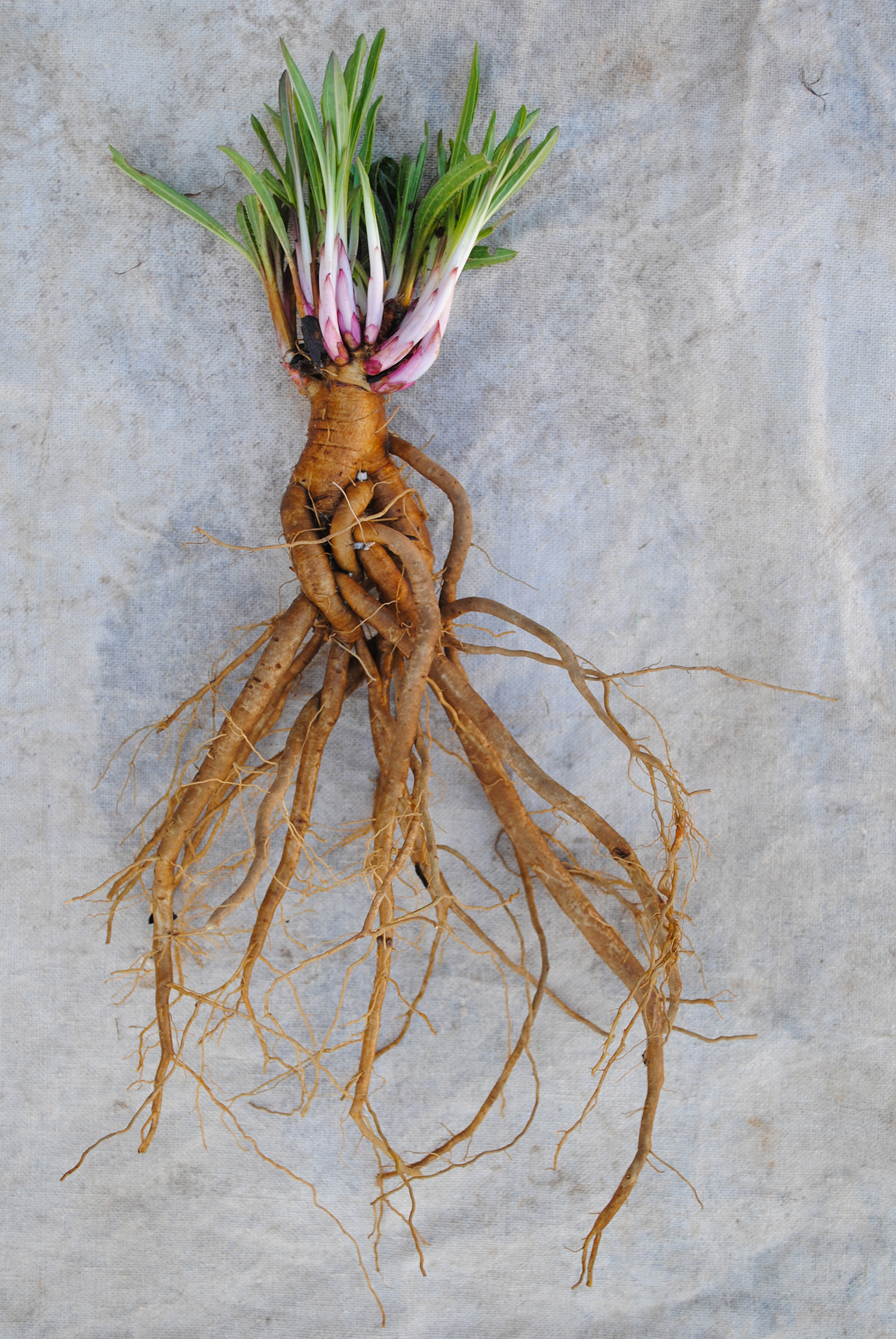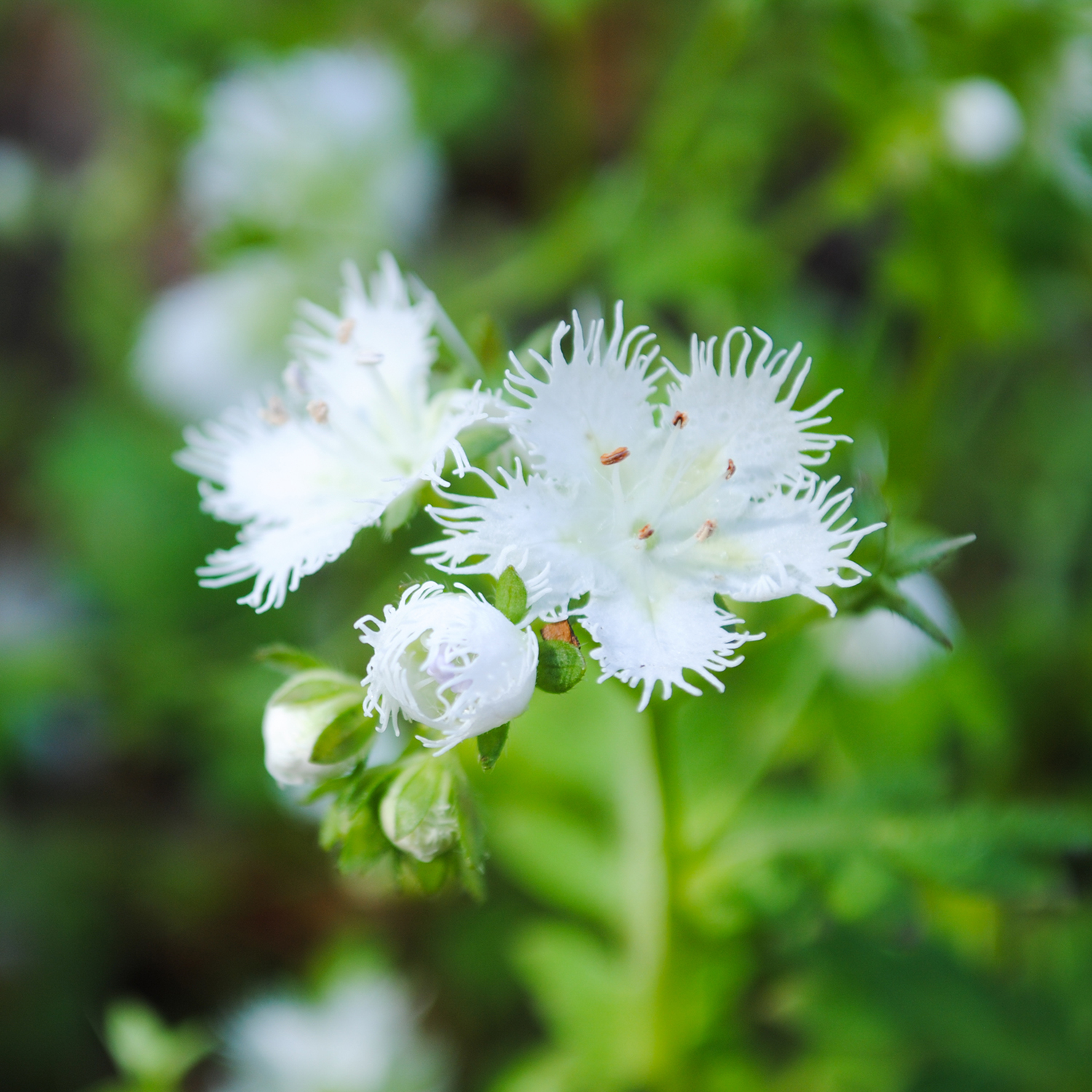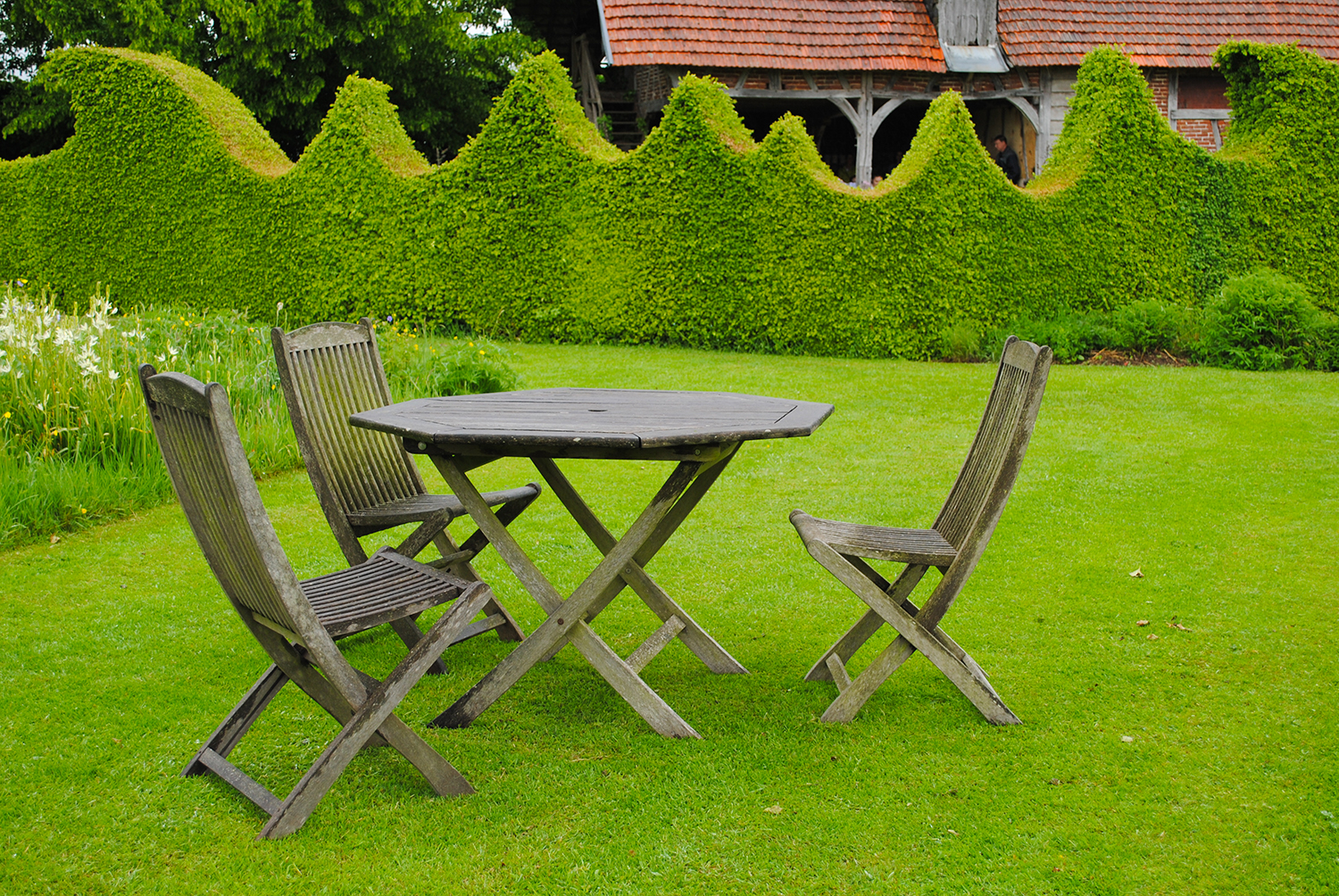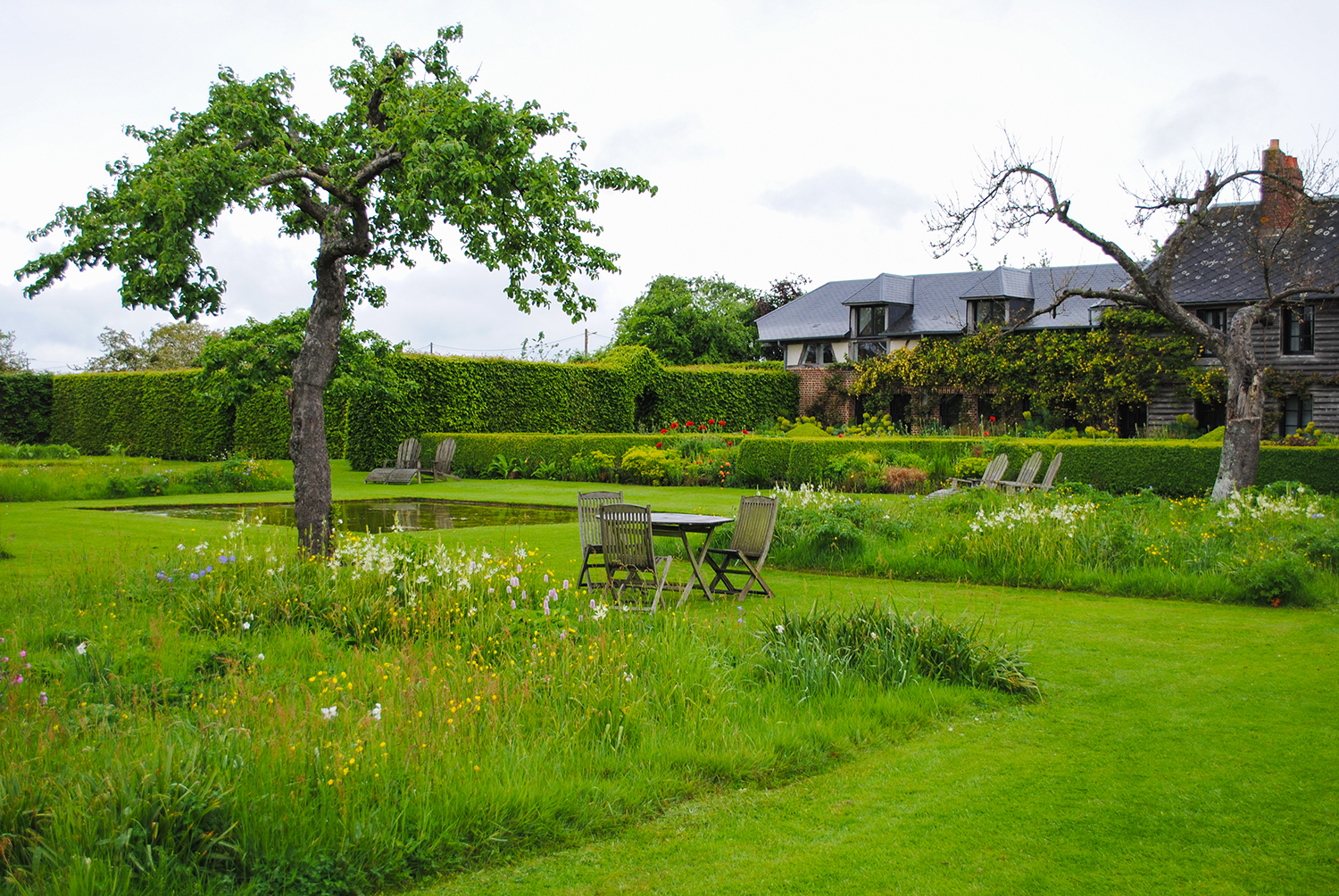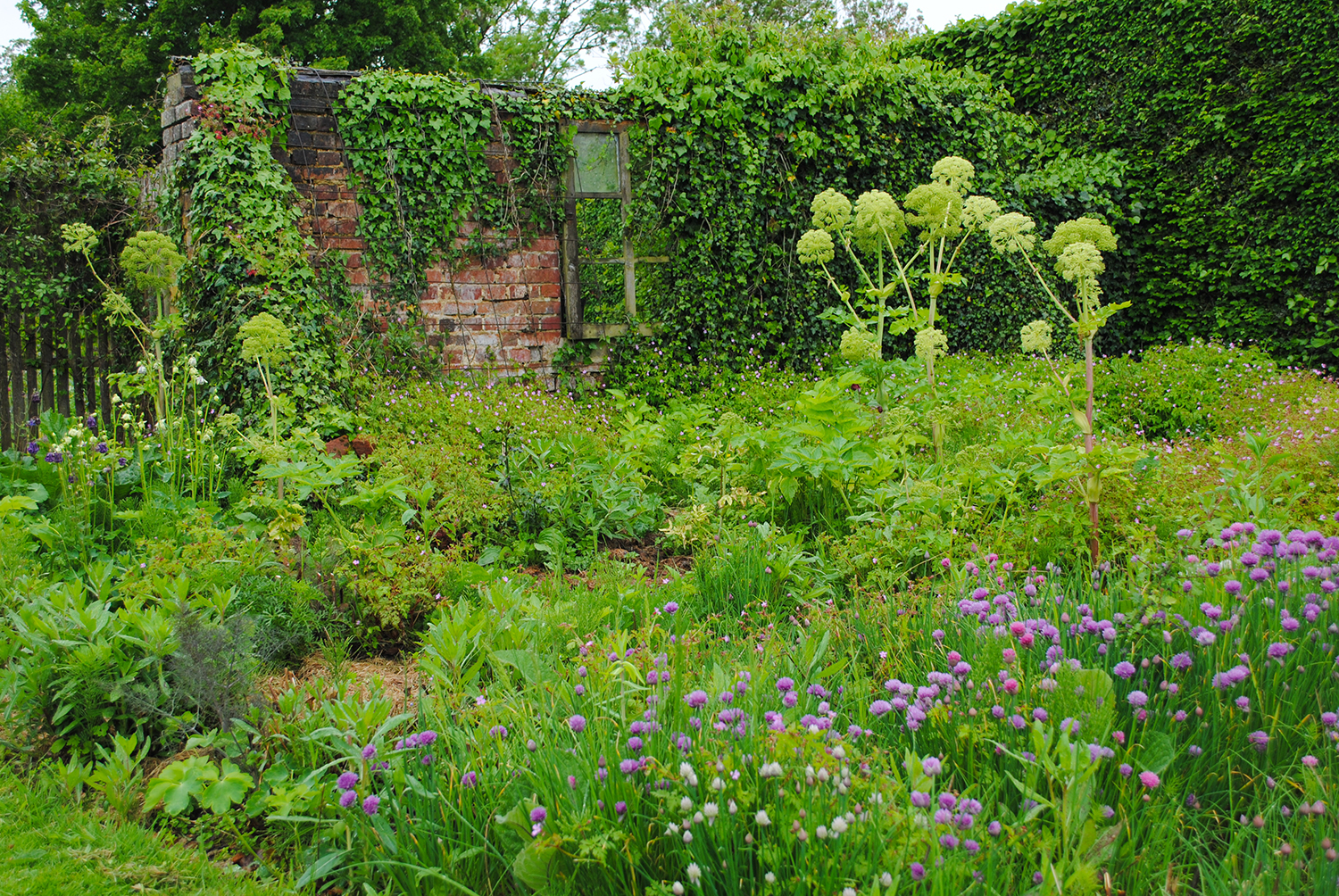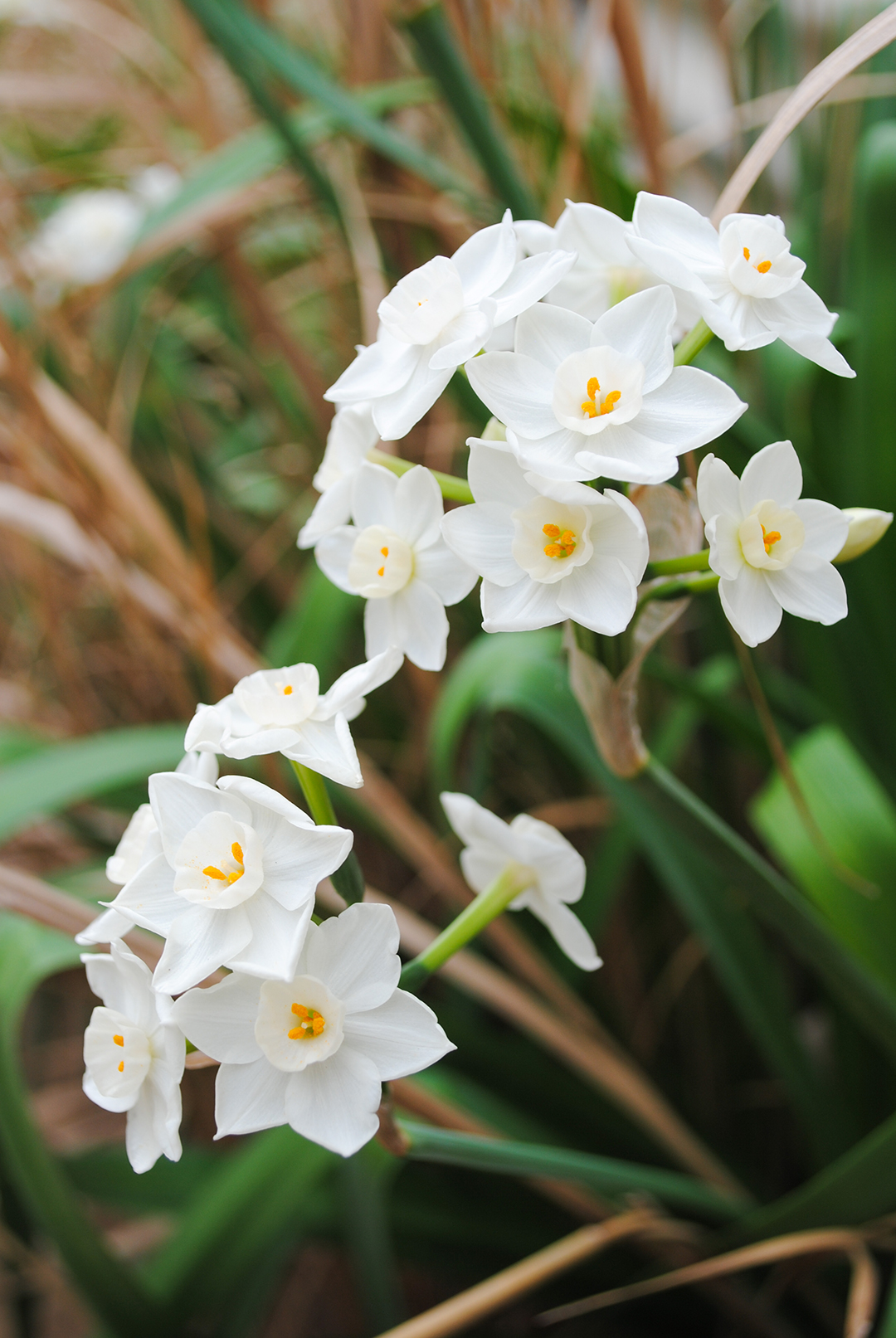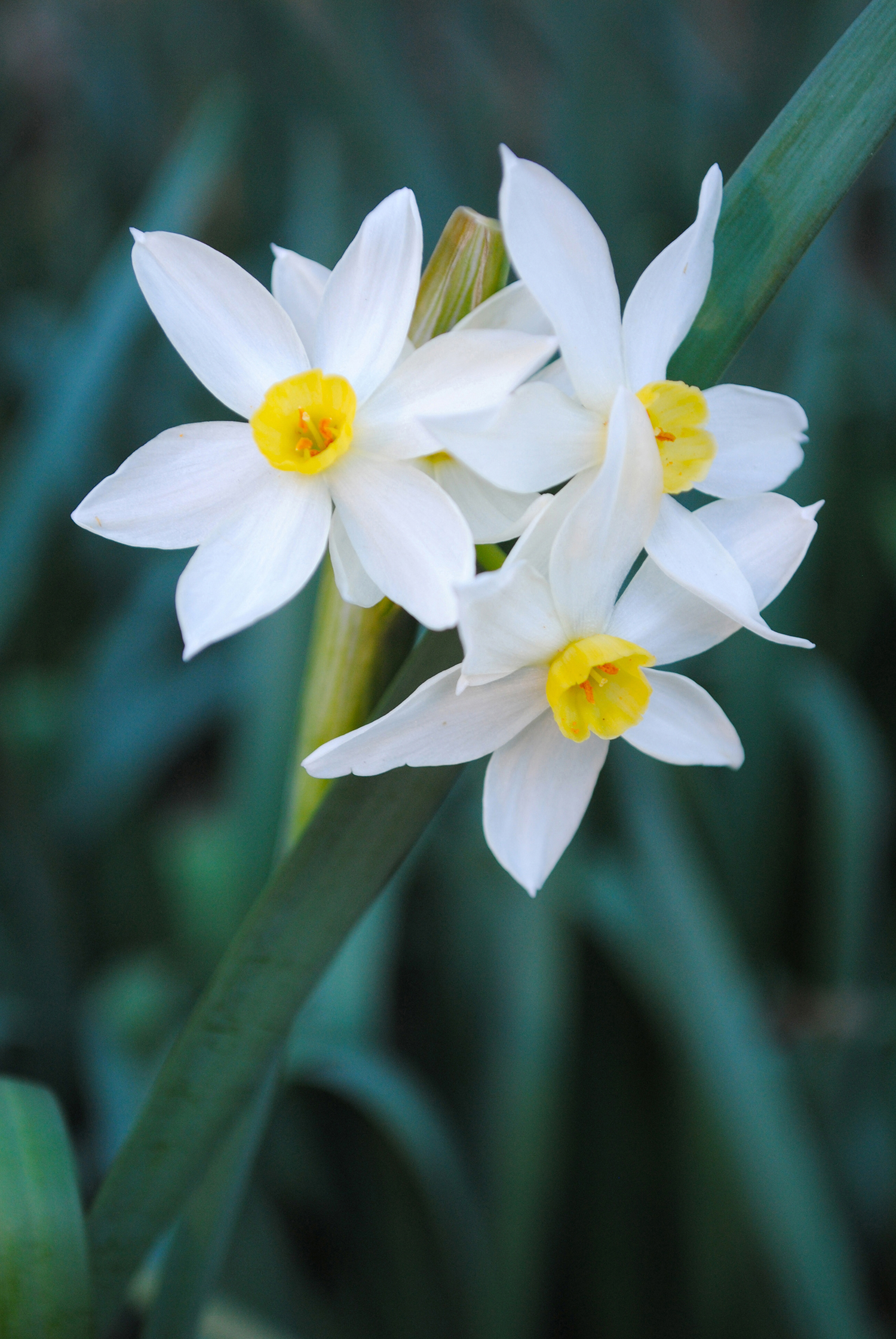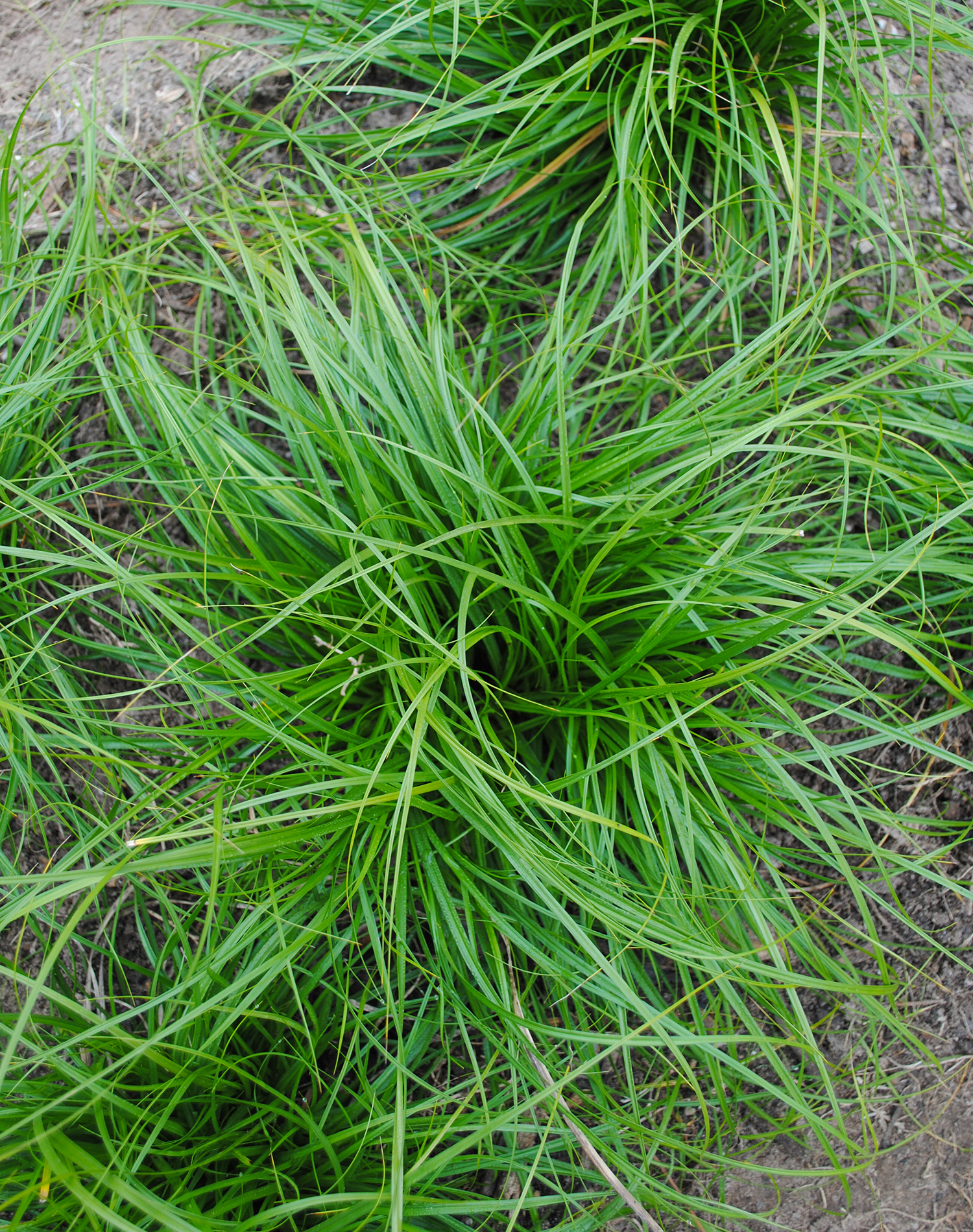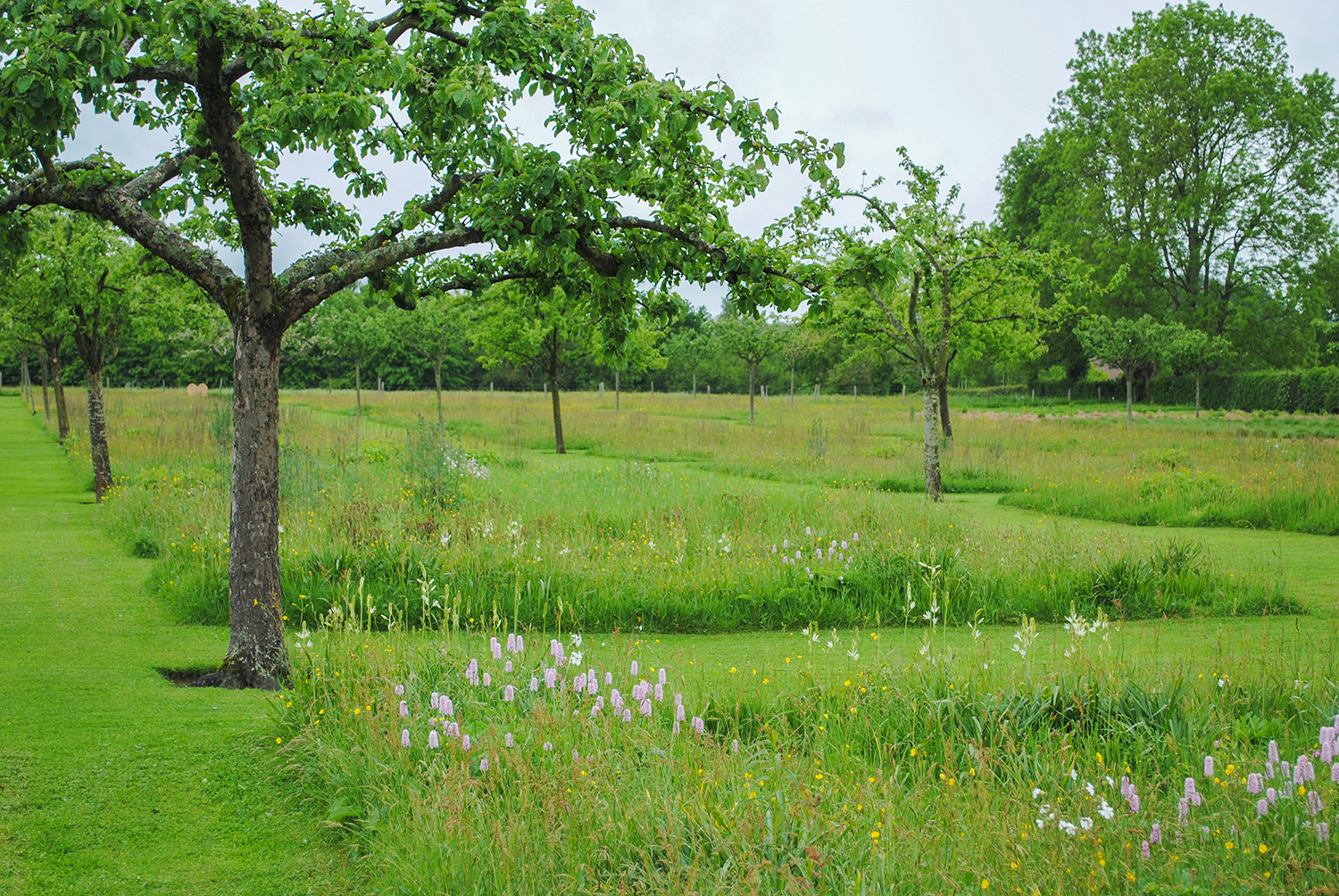Echinacea tennesseensis (Tennessee coneflower) is beginning to bloom in our SFA student garden here in east Texas. Plants that we started over two years ago as class projects have returned yet again and are flowering their little heads off.
I must admit, when Echinacea tennesseensis first bloomed I was amazed at how floriferous it was!
It's one of my favorite native wildflowers, but I'm a bit biased, being a native from the great volunteer state. You can easily identify this member of the aster family apart from the other nine or so species of Echinacea that are native to the US. Their inflorescences face east once mature, and the ray florets ascend to the sun instead of drooping like the petals on most other coneflowers. This plant embodies such a great metaphor for life. Start every day gazing at dawn and reaching toward the sky; I can get behind that. Or, in front of that I should say as this trait does force us to consider where to situate it in gardens. It must be planted on the eastern flank. Siting it to the west will cause you to only see the backstage of the inflorescences and leave you unable to enjoy the full performance.
Can you spy the east-facing Echinacea tennesseensis 'Rocky Top' in this incredible planting at Chanticleer's elevated walkway? Hint, it's on the right. Compare these blooms where the ray florets curve upward with the typical Echinacea at the back left of the image whose outer rays droop.
Of course, it's a bit of a miracle that we still have this delightful perennial with us. Tennessee coneflower is only found in a few counties in Tennessee, and if heroic stewards hadn't stepped in to save it, our world would be less colorful. It was discovered in 1878 by Augustin Gattinger, and less than a century later in 1961 its absence in field surveys led some researchers to claim it extinct. Later in the 60's it was rediscovered; however, survival wasn't guaranteed as the land some populations inhabited was cleared to make way for trailer parks and housing developments. We have people like the late Dr. Elise Quarterman to thank for advocating for this species's livelihood. Efforts from her and others helped the plant become listed on the endangered species list, one of the first flora ever. This attention led to areas where Echinacea tennesseensis occurred being protected, and with enough populations safe, the species was delisted in 2011, certainly a success story for horticulture and humankind's intervention.
The endemism is a peculiar subject. Why is such a floriferous species isolated to just a few counties in Tennessee? Sure, humans destroyed a few sites, but it seems that it never had the wide distribution that some of the other Echinacea genera enjoy. The current hypothesis is that the species arose during the hypsithermal interval, a period of climatic warming and drying that occurred around 5000—8000 years ago. Drier conditions opened the woodlands of middle Tennessee and allowed the colonization of prairie species like our Echinacea. When the climate cooled and became more moist, forests began to reclaim the land, and this stress-tolerant species began to decline in numbers. Walck et al. (2002) state that its narrow endemism is due to several factors—seed-based reproduction; large seeds that aren't animal or wind dispersed; self sterility; intolerance of shading; a lack of seed persistence in the soil, and few individuals making it to adulthood in the wild. All these characteristics would have limited its dispersal from middle Tennessee.
The xeric-adapted nature of established plants is quite apparent in the root systems. Earlier this spring I had to move some Echinacea tennesseensis, and I was very surprised to discover massive, deep taproots on plants that were only one year old. Unearthing knowledge about roots (in a literal and figurative sense!) is always exciting, like discovering buried treasure. I expected to see more rhizomatous roots like those on Echinacea purpurea (purple coneflower) that I've transplanted much of my life . The soil had mostly sloughed off one taproot, so I rinsed it to get a better look. Near the crown it was as thick as a plump carrot! From there, the chthonic organ divided with depth, but the roots were still stout. (Yes, most of the transplants survived in case you are wondering.)
I learn so much each time I expose roots. Here, plump taproots on Echinacea tennesseensis likely help the plant survive stressful times during the year and store resources for the coming bloom.
A close up of the crown of Echinacea tennesseensis. The pink tinge in the lower wrapper leaves are hints of colors yet to come.
I'm already applying this new anatomical knowledge to our propagation culture. This spring, we currently have over 10 deep-celled propagation trays of Echinacea tennesseensis that my student team has grown. Seeing the deep taproot was insight to not keep the plants in the trays for too long.
While it is beautiful to see in the gardens, I hope one day to see this Echinacea named Tennessee in its provincial habitat. Perhaps at daybreak with their heads basking in the new glow of the day and me basking in the existence of such a great species for our plantings.


